Back to Courses
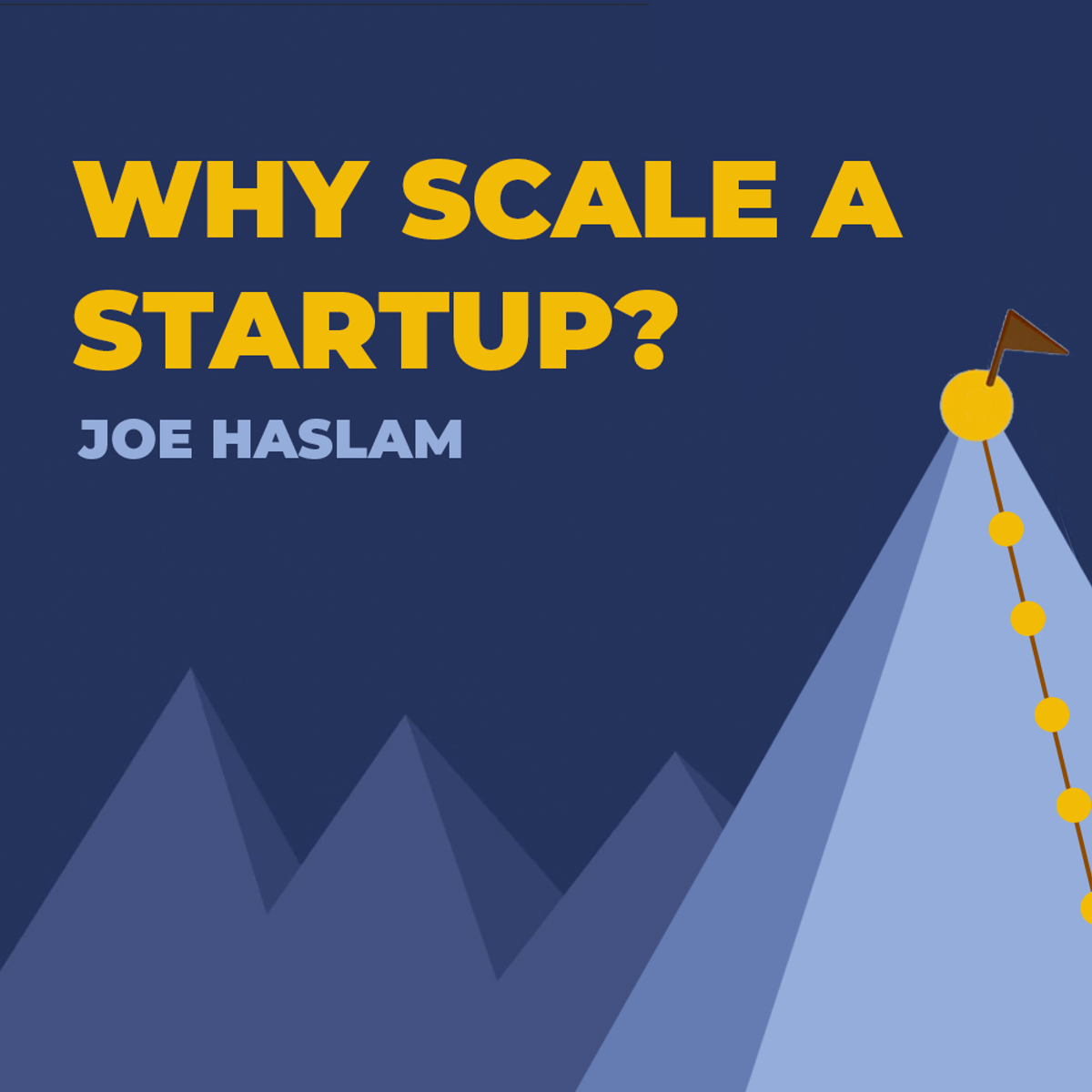


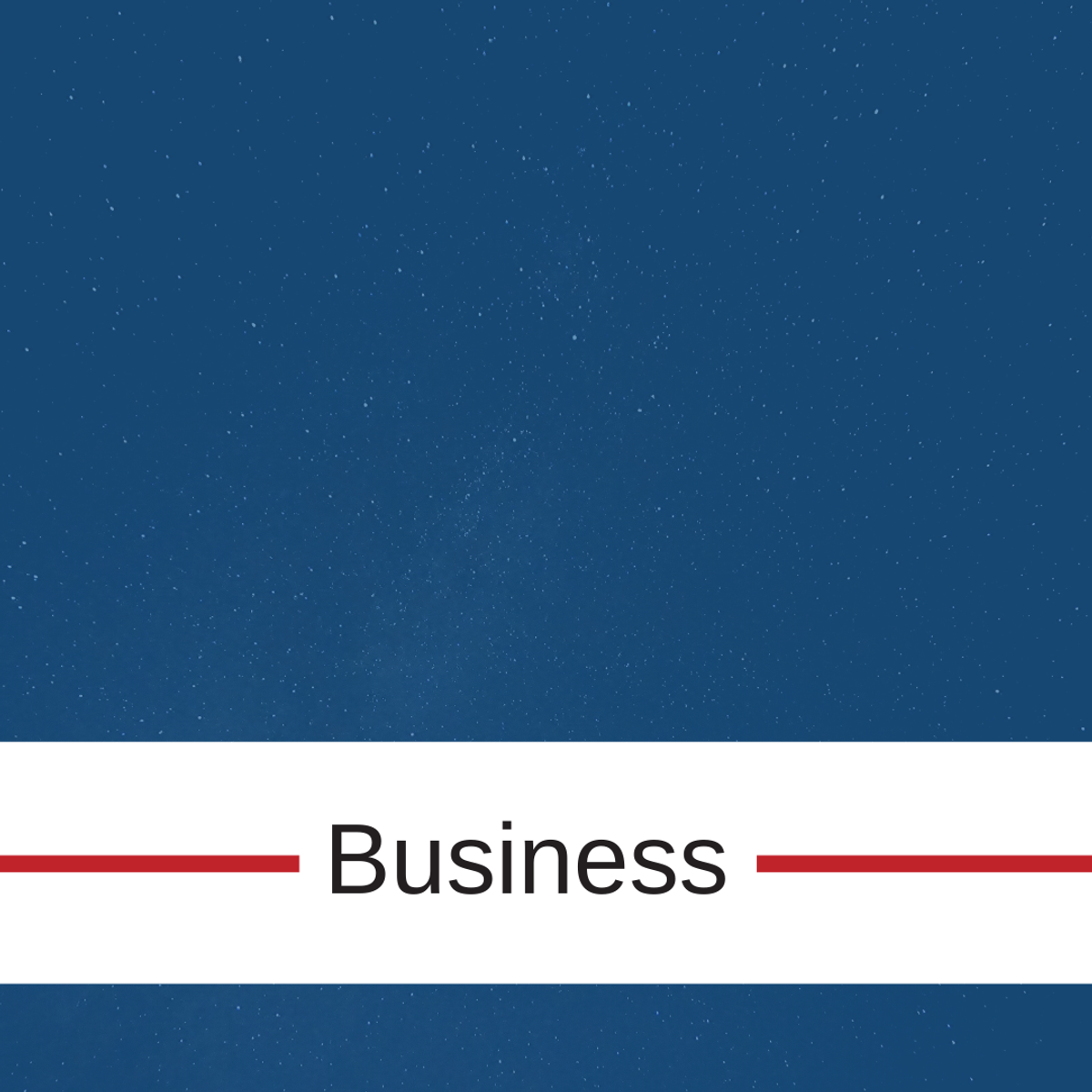
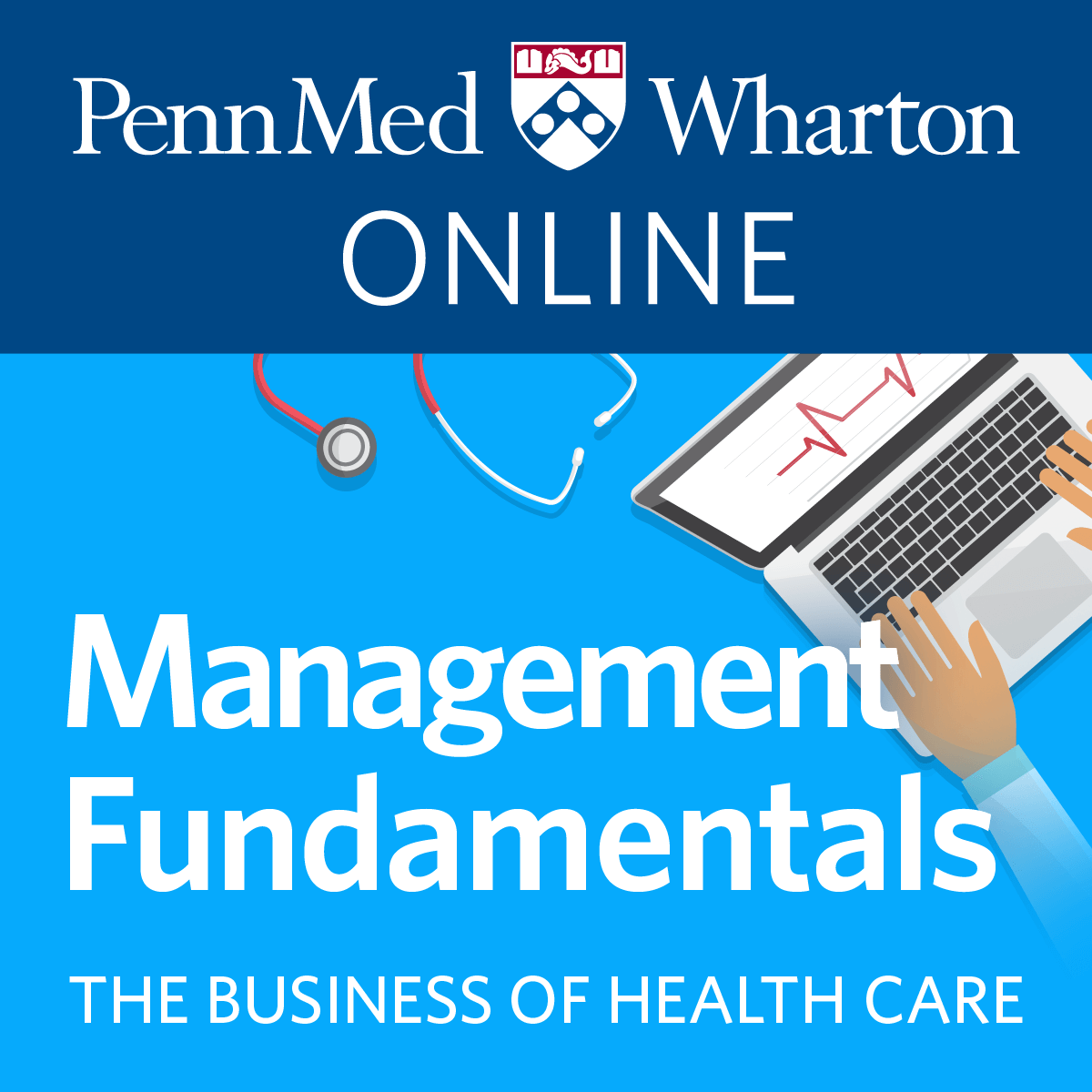
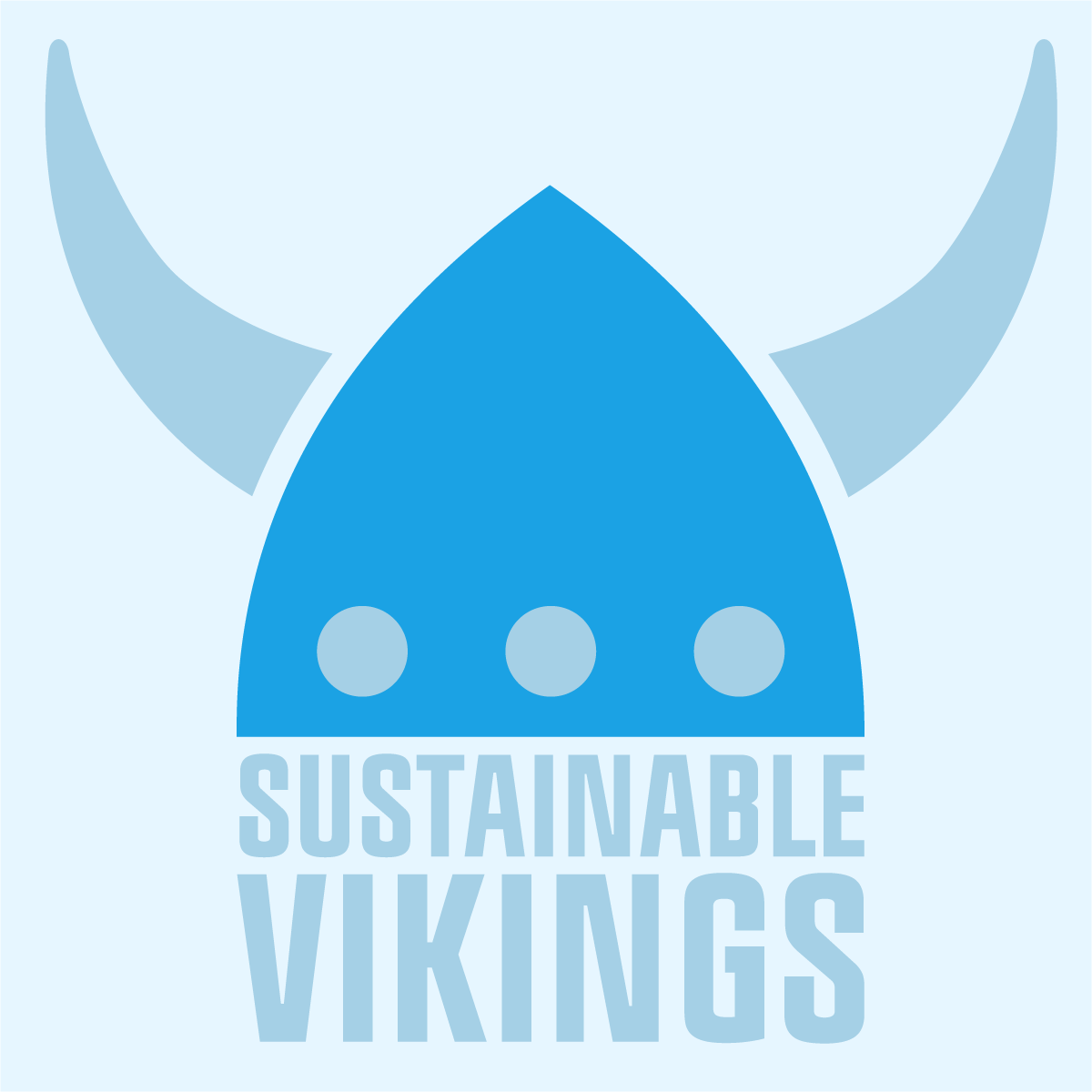
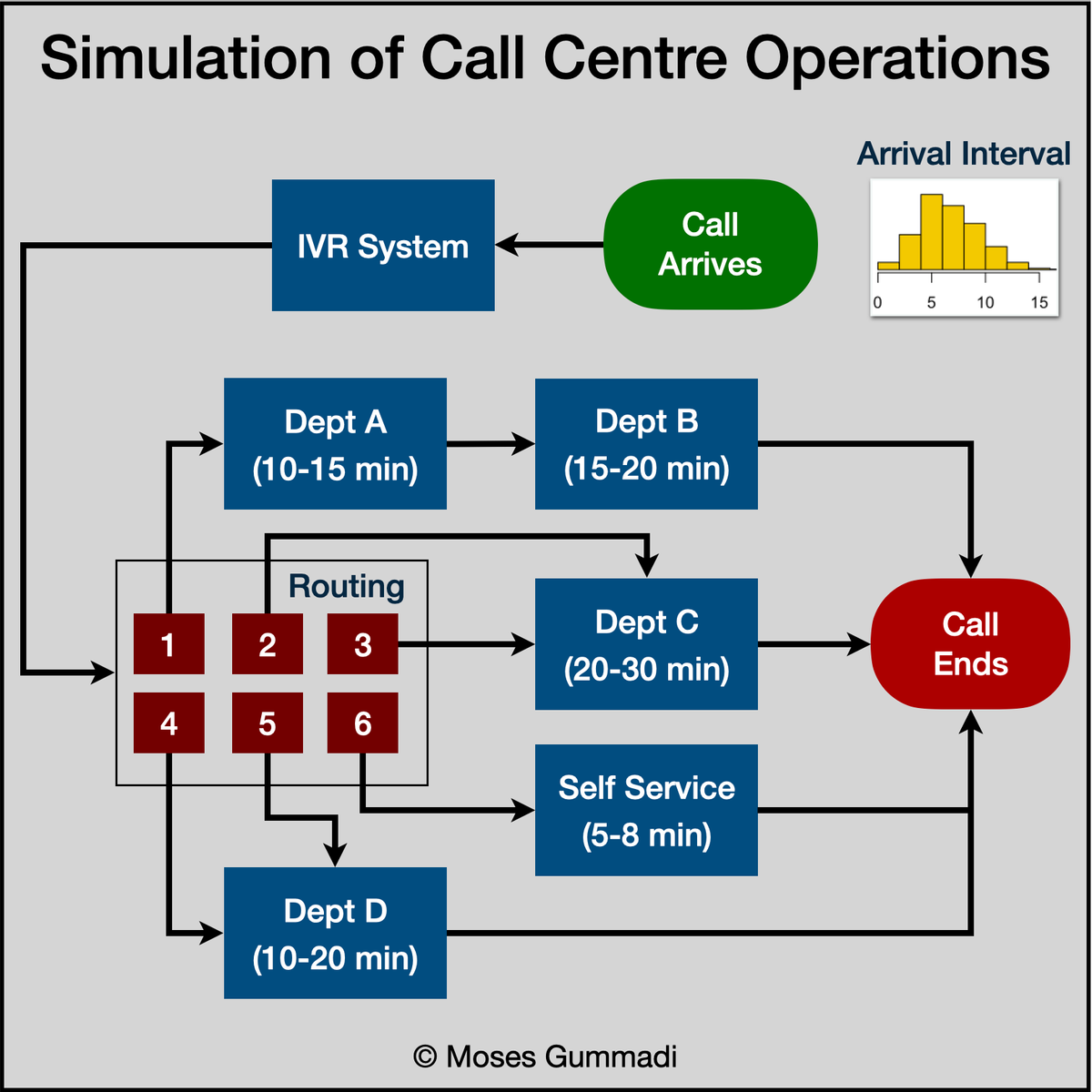

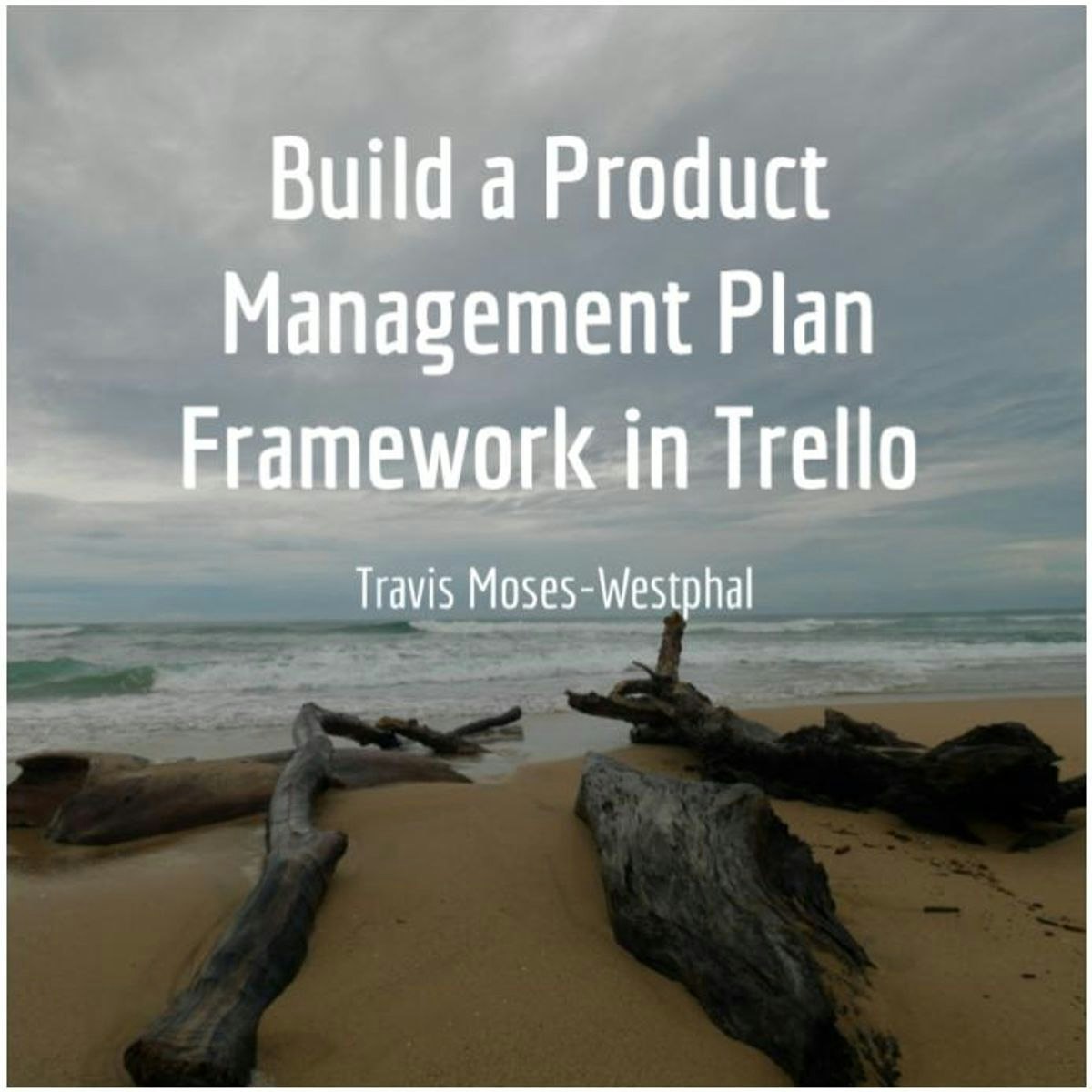
Leadership And Management Courses - Page 12
Showing results 111-120 of 600

Cultural intelligence: Become a global citizen
We now live in a truly global, interconnected world in which every manager requires a high level of cultural intelligence. In a diverse work environment, a successful leader must understand the cultural backgrounds, beliefs and attitudes of the people around them – or run the risk of failing to achieve the organisation’s goals. This course, via structured learning activities (video lectures, quizzes, discussion prompts, industry interviews and written assessments), will teach you that those with high ‘cultural intelligence’ – are good at spotting cultural differences and adapt their behaviour accordingly. You’ll develop cultural intelligence and sensitivity – key future-focused capabilities required of every leader.

Why Scale a Startup?
If you want to find out how to begin to scale up a company, this course is for you! This course will guide you through all the key questions you need to ask yourself to prepare to scale up a startup, provide you with the necessary frameworks to begin the scaleup process, and offer insights from real, successful companies who have been in your shoes before and have made the transition.
After taking this course, you will be able to: identify the key challenges to scaling up and list possible solutions to these problems; discuss the differences between growing and scaling; offer tips on how to make your company weatherproof (identify risk and offer strategies to mitigate these risks); and explain common best practices for scaling up effectively and efficiently. This course brings together practical advice, real-life examples, and big-picture insights from well-known companies and experts in the field so you can see what has worked for other companies and develop a "toolbox" of scaling solutions.
Make your scaleup journey as smooth and surprise-free as possible - with this course, you´ll know the types of issues that arise in most scaleups and learn how to solve them.

Introduction to the Nonprofit Sector, Nonprofit Organizations, Nonprofit Leadership and Governance
This course introduces you to the nonprofit sector, nonprofit organizations, and the concepts of leadership and governance. While this course has been developed with North American culture in mind, we do appreciate that in other parts of the world the nature of the nonprofit sector, nonprofit organizations, nonprofit leadership and governance may not be the same. Nevertheless, it is our hope that much of the course content will still be of value to those in other parts of the world.
To learn more about this course, please watch the overview video by copying and pasting the following link into your web browser: https://goo.gl/YMg1Qd.
Keywords: Nonprofit; Nonprofit Sector; Voluntary Sector; Nonprofit Organizations, Non-Governmental Organizations, Volunteer Organizations, Leadership, Management, Governance, Board, Board of Directors, Performance, Effectiveness
Course 1 Overview:
Week 1: Some of the questions you will explore this week are: What is the nonprofit sector and why does it exist? What are the unique characteristics of nonprofit organizations? What are the trends and emerging issues facing organizations in the nonprofit sector?
Week 2: Questions to be explored this week are: What is leadership at the governance level and how is it different from management? What is good governance and why does it matter? What is a board of directors?
Week 3: This week's questions: What roles do board members play in nonprofit organizations? Broadly speaking, what are boards responsible for and how do they go about their work? What are some of the issues that challenge the board's ability to go its work?
Week 4: At this stage, you are asked to review the course content, submit a written assignment (known lightheartedly as a BEAR (Board Effectiveness Readiness Assessment), and take two multiple choice Readiness Assurance Tests (known similarly as RATs). One RAT will assess knowledge and reading comprehension and the other will test application of knowledge within a practical case.
Week 5: We will encourage you to discuss the RATs in the discussion forums and take them again should you wish to change any of your answers based on the information exchanged.

Communication in the 21st Century Workplace
The workplace is more diverse than ever before. As the world population grows and our connectivity increases, it is common to work alongside colleagues from different generations, life experiences, cultures, genders, orientations, and religions. The increased diversity coupled with the shift toward remote and hybrid work environments means it's more critical than ever to develop appropriate communication strategies and practices. This course will teach you to identify and adapt your own communication style to not only increase team productivity, but also build bridges with colleagues from all backgrounds.
By the end of this course, you will be able to:
1.Identify your own communication style
2. Describe methods to increase effective communication
3. Discuss how changing demographics affect workplace communication
4. Differentiate between the five working generations and their communication preferences
5. Identify the communication benefits of different work environments, such as in-person, virtual, or hybrid
6. Discuss effective techniques for communicating with a diverse workforce
7. Implement a flexing communication strategy to better communicate with one’s workplace team

Create a Project Charter with Google Docs
Have you been assigned to manage a project and don’t know how to start capturing all the pertinent information into a succinct and crisp format?
By the end of this project, you will create a master and living document, containing important information that you and stakeholders can refer back to as your project develops.
A Project Charter is a living document that displays core information of a project, such as the project's name, sponsors, problem and goal statements, scope, benefits, and timeline. It is used typically in Lean Six Sigma DMAIC (Define, Measure, Analyze, Improve, Control) methodology at the inception of the project, and is consistently referred back to throughout the project’s life, and thereafter.
With minimal software skills, you will be able to categorize this information into a document using a simple table structure. This course will include beginner level skills using Google Docs. Creating a logically organized Project Charter is a great way to not only summarize all the moving parts of your project into one handy document but also to measure your project's success.

Management Fundamentals
People are the most valuable asset of any business, but they are also the most unpredictable, and the most difficult asset to manage. And although managing people well is critical to the health of any organization, most managers don't get the training they need to make good management decisions. Now, award-winning authors and renowned management Professors Mike Useem and Peter Cappelli of the Wharton School have designed this course to introduce you to the key elements of managing people. Based on their popular course at Wharton, this course will teach you how to motivate individual performance and design reward systems, how to design jobs and organize work for high performance, how to make good and timely management decisions, and how to design and change your organization’s architecture. By the end of this course, you'll have developed the skills you need to start motivating, organizing, and rewarding people in your organization so that you can thrive as a business and as a social organization.

Sustainable Vikings: Sustainability & Corporate Social Responsibility in Scandinavia
This course gives you immediate access to the world leading sustainability and corporate social responsibility (CSR) practices. Scandinavian firms dominate the major sustainability and CSR performance indicators including the Dow Jones Sustainability Index (DJSI). In this course we explore the concepts of sustainability and CSR and focus attention on how Scandinavian firms, like Novo Nordisk, have achieved superior sustainability and CSR performances. We consider what lessons can be drawn by managers and firms irrespective of where they may be located in the world.
Through this course, participants will:
• Gain appreciation of the concepts of sustainability and corporate social responsibility (CSR) and be able to situate these concepts within the broader debates about the role of business in society
• Understand the sustainability and CSR approaches by leading Scandinavian companies
• Describe how partnerships between companies, NGOs, and government are fundamental to the sustainability and CSR by Scandinavian companies
• Be able to describe the characterization of the “Scandinavian management” and the role Scandinavian management plays in sustainability and CSR approaches by Scandinavian firms
• Become familiarized with concept of “Scandinavian Cooperative Advantage” and understand how it challenges the dominant view of strategic management.

Simulation of Call Centre Operations Using R Simmer
Introduction To Call Centre Simulation Process
Create Statistical Variables Required For Simulation
Define Trajectories for Call Centre Departments
Define Teams, Resources & Arrivals of Calls
Run Call Centre Simulation & Store Results
Plot Charts & Interpret Simulation Results

Sustainable Digital Innovation
Two of our most profound business challenges are digitalization and sustainability. They are rapidly changing the way we are doing business both today and in the future. Therefore, in the Sustainable Digital Innovation course, we explore the business opportunities that can open up when we align our strategy with sustainability goals.
You will gather knowledge on:
* understanding the sustainable contextual framework
* the methods and tools for your business to address sustainable challenges of different means
* how digital technologies can help you manage and innovate your role in your business ecosystem and support sustainable development in business and society
* the existing and emerging cases of digitally-enabled sustainable solutions - as these solutions are of value to industries on various markets.
Your course leads, Program Director - Staffan Movin, and Jan Agri - Senior Advisor Circular Economy, will guide you through the various perspectives of the field, providing you with the methods and tools you need based on applied research findings. You will also get valuable insights from major business leaders and experts. For example, you will meet:
- Björn Stigson, former President of The World Business Council for Sustainable Development (WBCSD)
- Elaine Weidman Grunewald, Sustainability executive, author, board member, founder of AI Sustainability Center, and former SVP at Ericsson
- Henrik Henriksson, former President and CEO of Scania
- Annika Ramsköld, Vice President Sustainability, Vattenfall.
After the completion of this course, you can deepen your knowledge with the live professional course, Sustainable Digital Innovation. For more information and registration details follow this link: https://professionalschool.eitdigital.eu/sustainable-digital-innovation

Build a Product Management Plan Framework in Trello
In this project, you will create a digital product management plan framework in Trello using Kanban workflow processes. You will learn the basic functionality of Trello and apply the basics of Kanban to manage your workflow.
The project will model how to translate the product management life cycle stages and key deliverables into a working plan in Trello. It will demonstrate how to use the Kanban workflow principles to plan and track the status of deliverables. Finally, you will learn how to share the plan with team members to organize and assign work, collaborate, and keep everyone up-to-date.
Trello is a popular digital collaboration tool that organizes projects and people. For this project, we will only use the features and functionality included in the free version of Trello.
Kanban is a workflow management method that aims to help you visualize your work, maximize efficiency, and improve continuously.
Note: This course works best for learners who are based in the North America region. We’re currently working on providing the same experience in other regions.
Popular Internships and Jobs by Categories
Find Jobs & Internships
Browse
© 2024 BoostGrad | All rights reserved